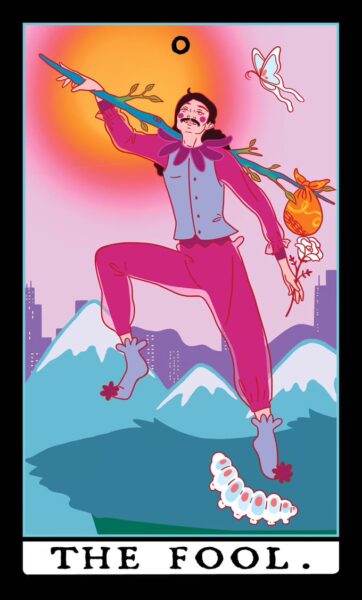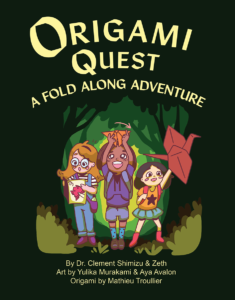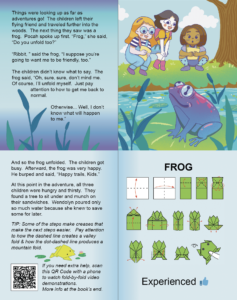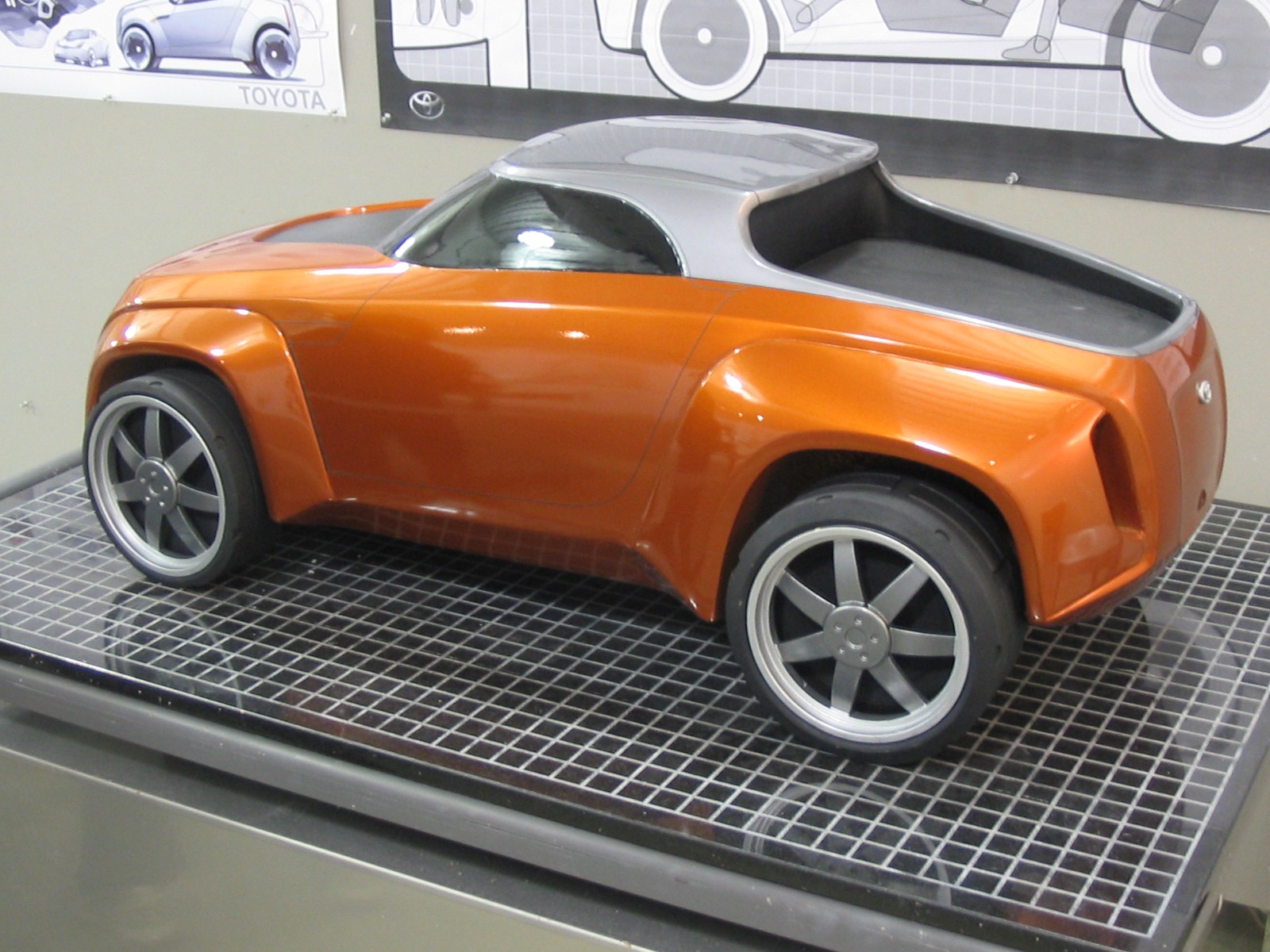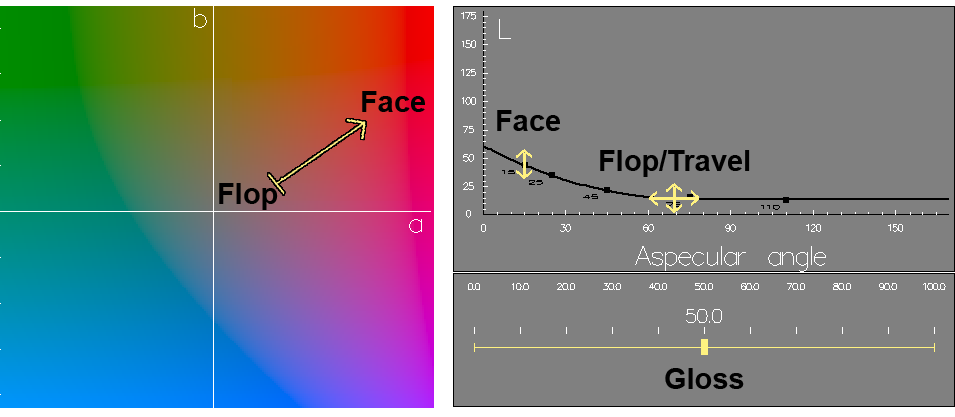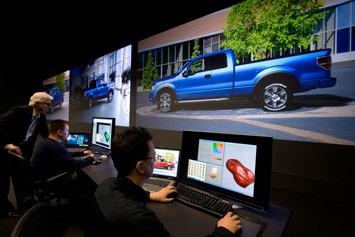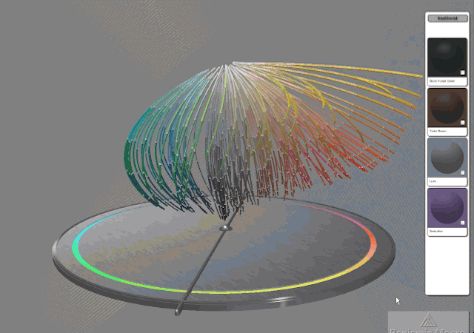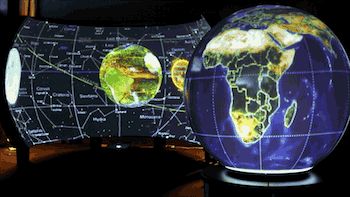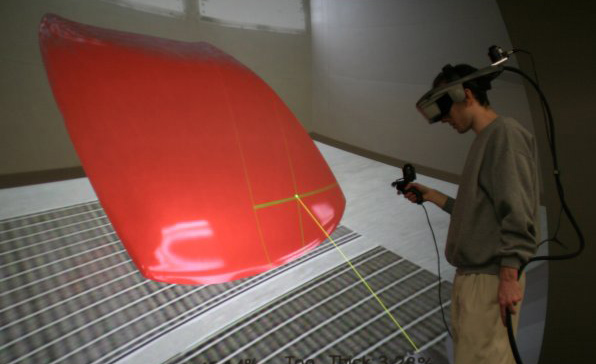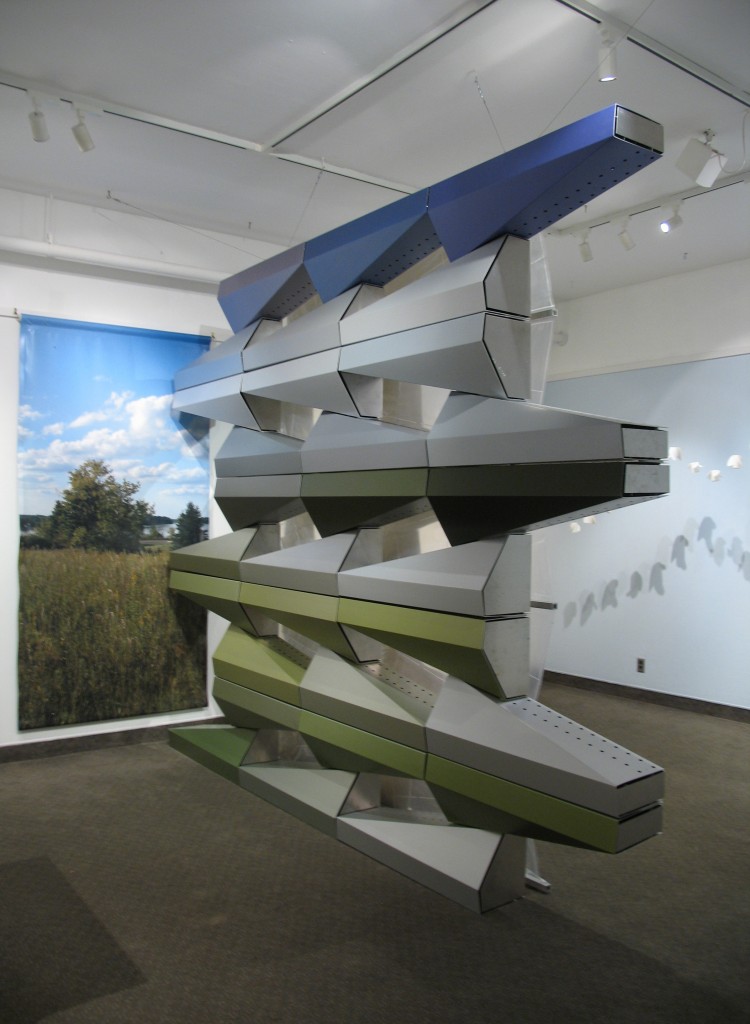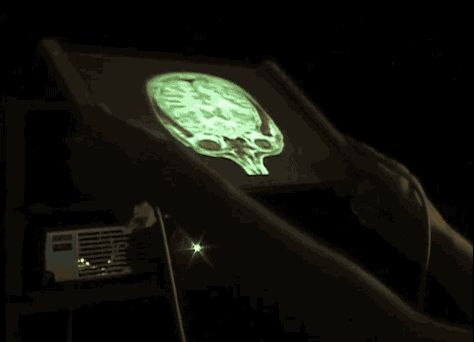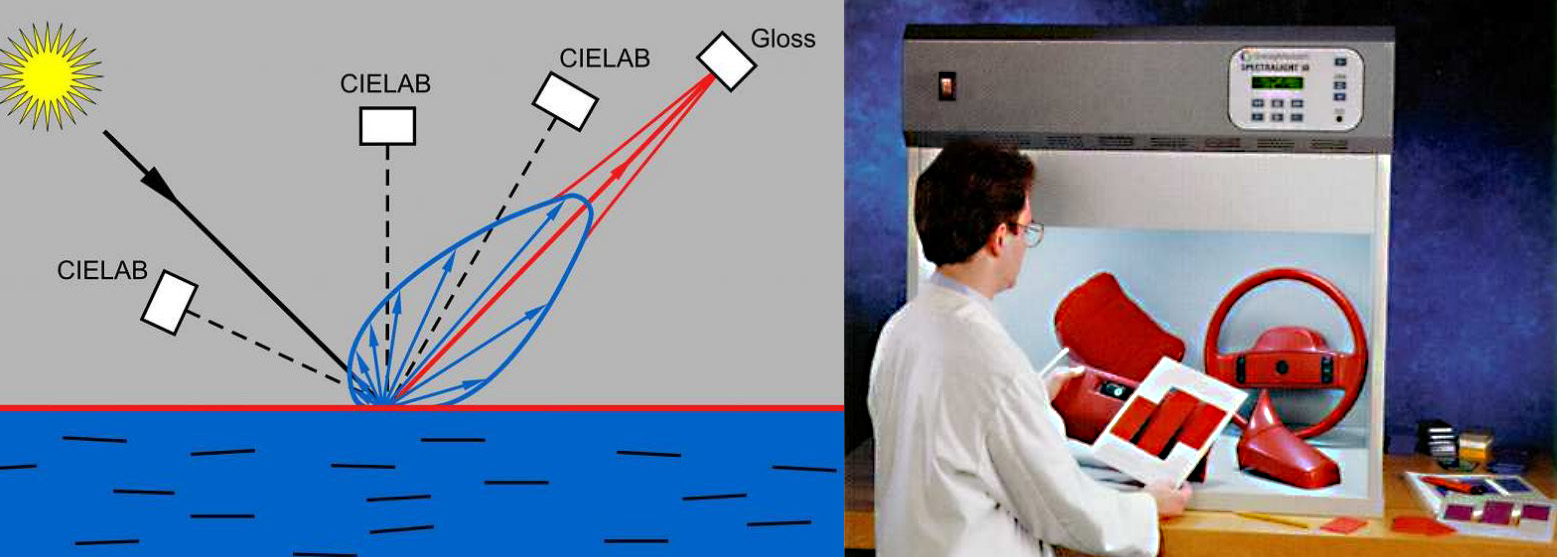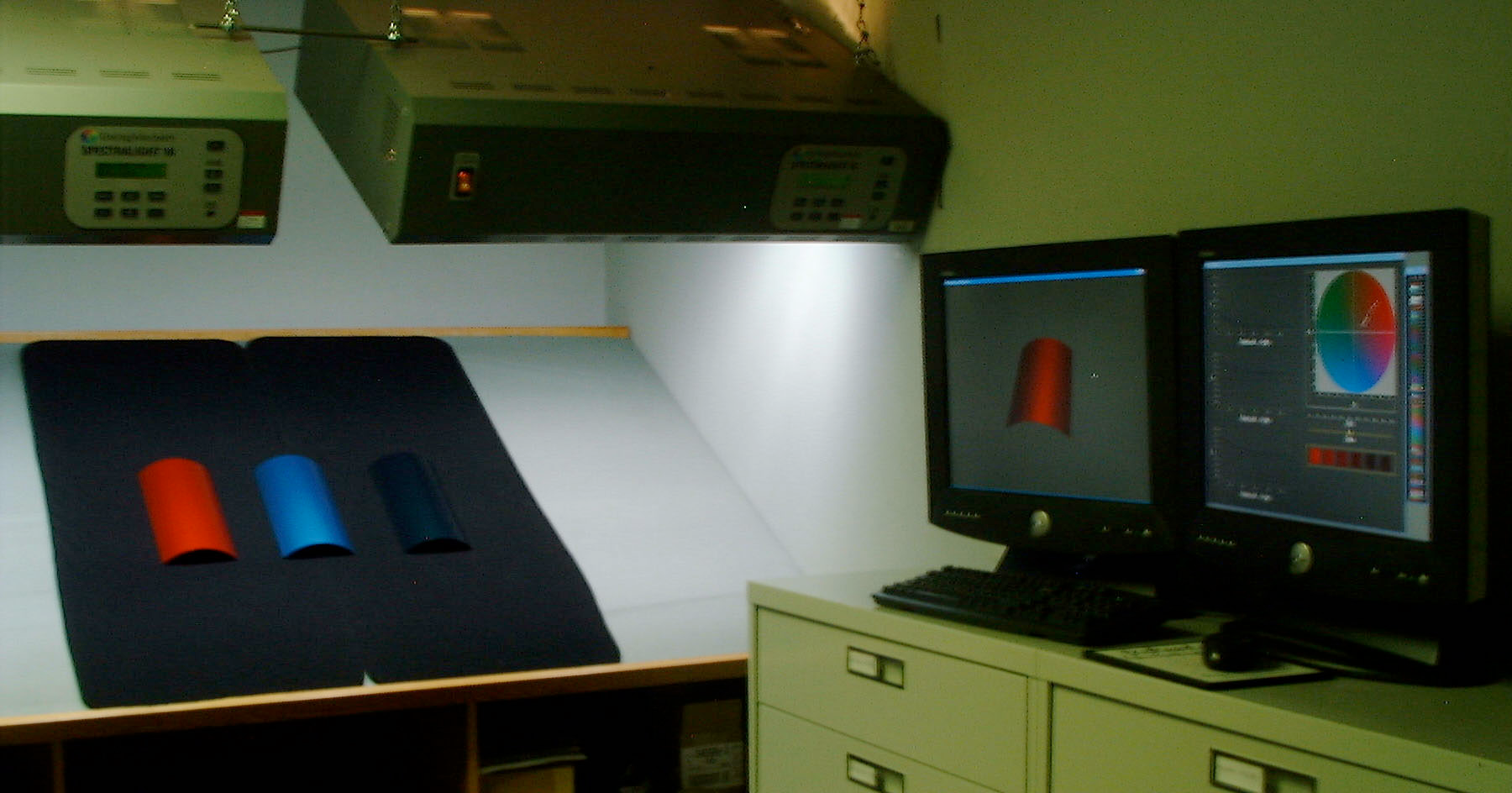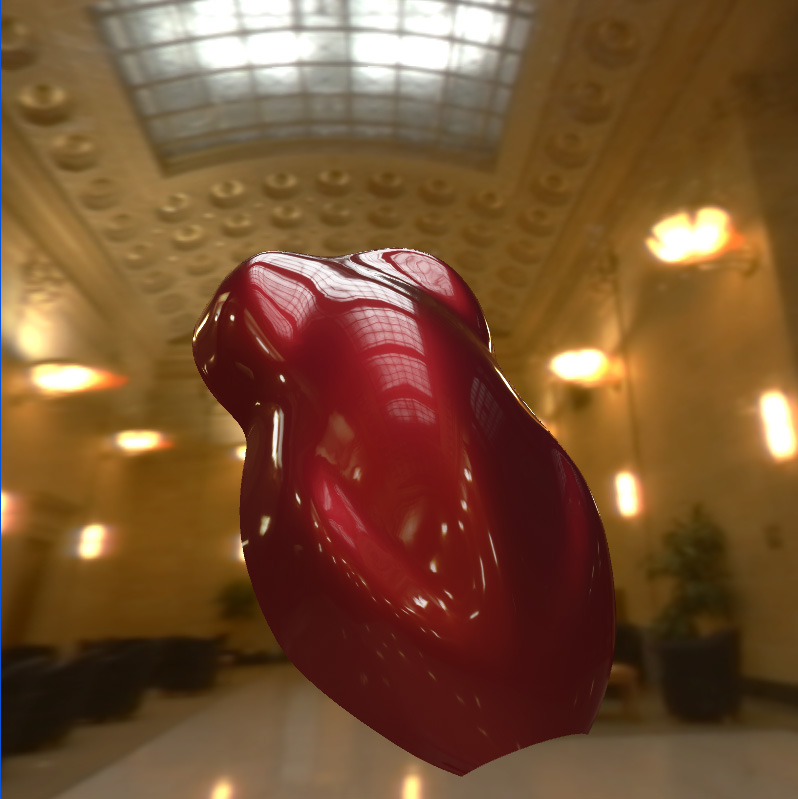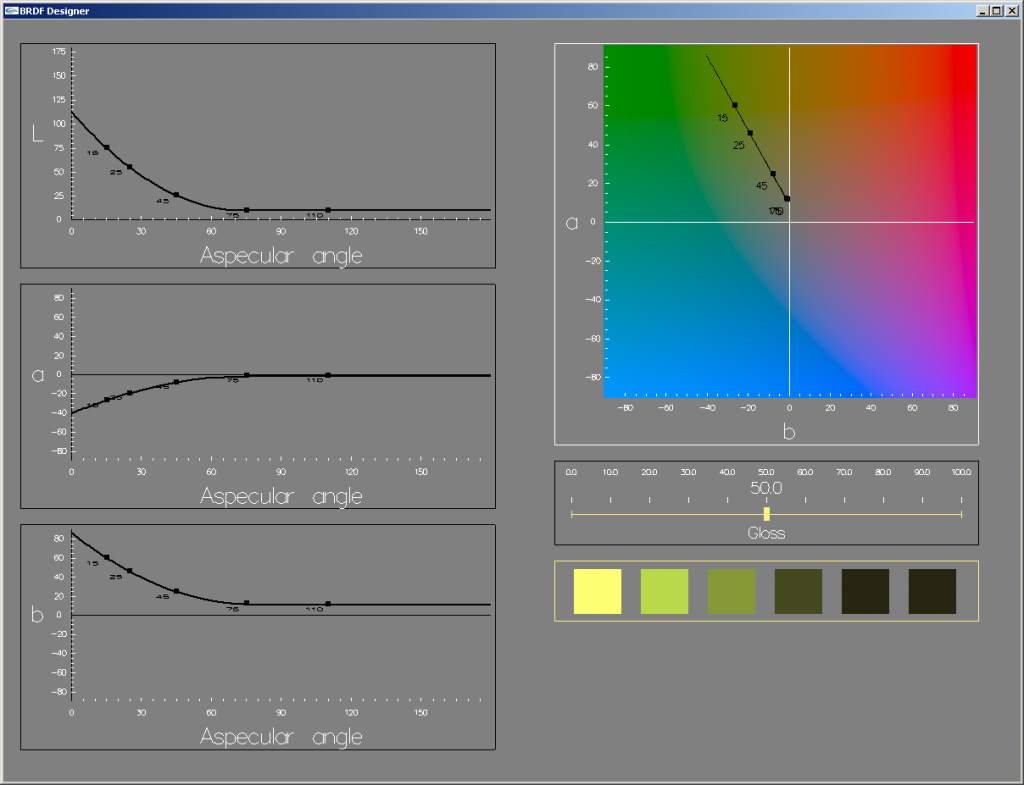DELUSIONAL ACTION is the answer. Take your wildest fantasies and act them out. Go for it! Even crazy ideas that will surely fail—DO IT! Don’t just have a dream, act on it! The difference between crazy fantasies and reality is the people who reject realism enough to take action.
The possibility of failure is no reason to back away from action. Taking a step, then falling on your face is AMAZING compared to having a dream and never even trying. Succeed by bringing dreams into reality long enough to breathe life & take their first steps. Think less and do more! Success or failure, it requires ACTION!
History is made by fools delusional enough to attempt what is thought impossible. Don’t just dream, DREAM BIG. And take your biggest dream and boldly make it real.
